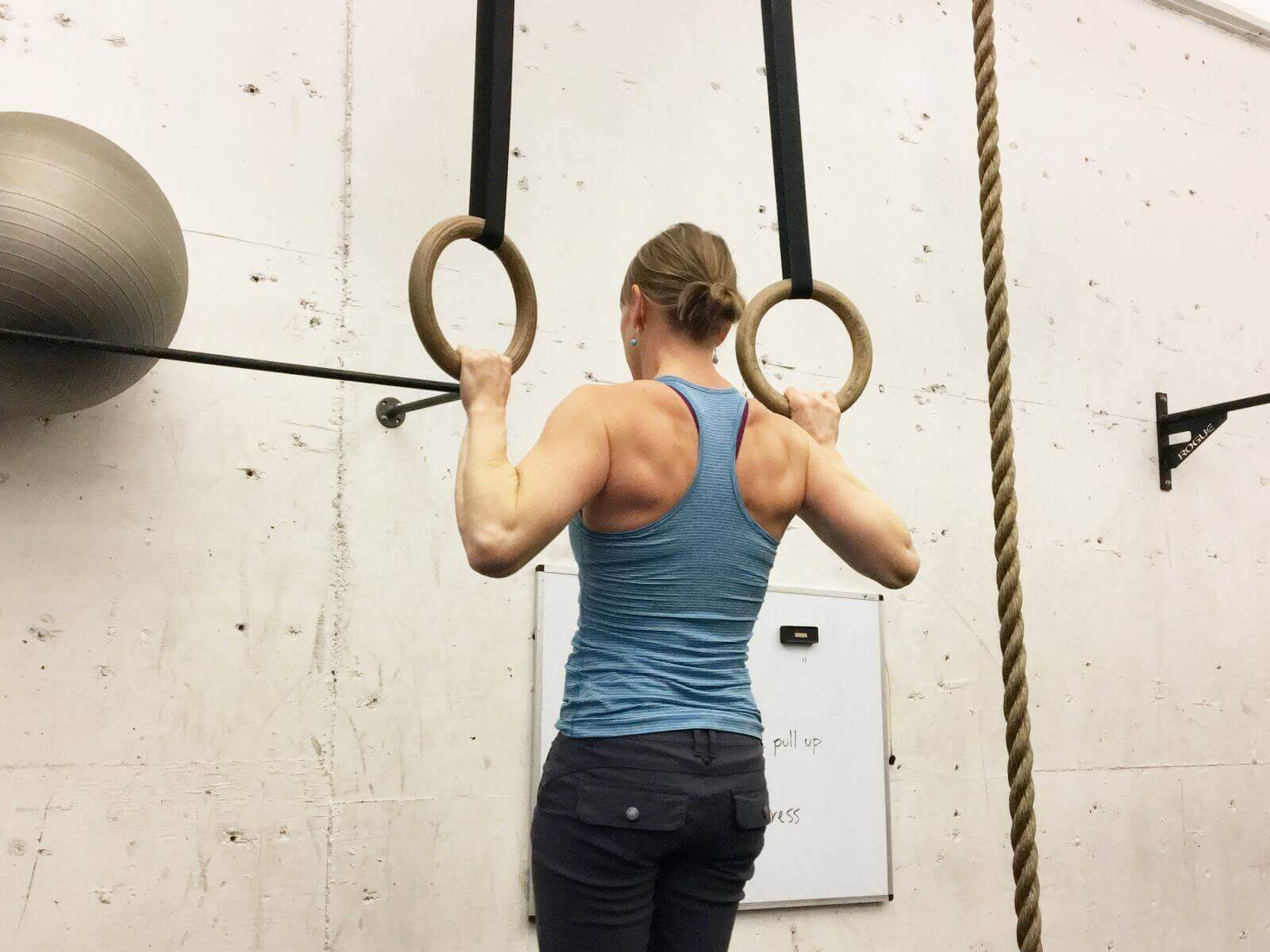If you’re interested in gauging your upper body strength and want to know how many chin ups you should aim for based on your age, you’ve come to the right place. Chin ups are an excellent exercise for building strength in your back, shoulders, and arms. In this article, we’ll explore the average chin ups by age, provide insights on improving your performance, and help you understand how you stack up against your peers.
Average Chin Ups by Age
To get a better understanding of what constitutes a good number of chin ups for different age groups, let’s take a look at the average ranges:
| Age Group | Average Number of Chin Ups |
|---|---|
| 18-25 | 7-12 |
| 26-35 | 6-10 |
| 36-45 | 5-8 |
| 46-55 | 4-7 |
| 56 and above | 3-6 |
Please note that these ranges are approximations and individual performance can vary based on factors such as fitness level, body composition, and training experience. They are meant to serve as a general guideline to give you an idea of what to expect.
Improving Your Chin Up Performance
If you find that you’re below the average range for your age group, don’t worry! With consistent practice and proper training, you can improve your chin up performance. Here are some tips to help you progress:
- Assisted Chin Ups: If you’re just starting or struggling with full chin ups, use resistance bands or an assisted chin-up machine to reduce the load and gradually build strength.
- Negative Chin Ups: Focus on the lowering phase of the chin up by jumping or stepping up to the top position and then slowly lowering yourself down. This eccentric contraction helps build strength for the full movement.
- Increase Frequency: Incorporate chin ups into your regular workout routine at least two to three times a week to allow for consistent progress.
- Strengthen Supporting Muscles: Work on strengthening your back, shoulders, and arms with exercises like rows, lat pulldowns, and bicep curls to improve overall upper body strength.
- Maintain Proper Form: Ensure you’re using correct technique during chin ups to maximize efficiency and minimize the risk of injury. Keep your core engaged, shoulders down and back, and chin above the bar at the top position.
Remember, progress takes time and patience. Celebrate each milestone and focus on gradual improvements rather than comparing yourself to others.
Conclusion
Knowing the average chin ups by age can provide you with a benchmark to assess your performance and set realistic goals. However, it’s important to remember that everyone is unique, and individual factors can influence your abilities. Use these averages as a general guideline and strive for personal progress. With dedication and consistency, you can improve your chin up performance and enhance your upper body strength. So, start practicing those chin ups and enjoy the journey towards a stronger you!


